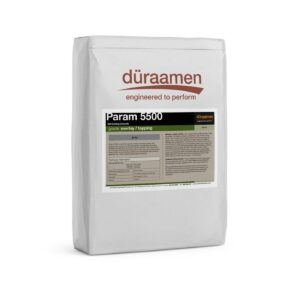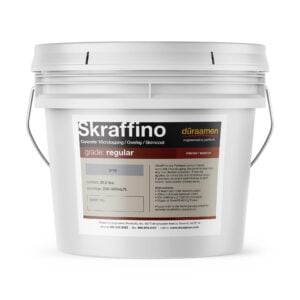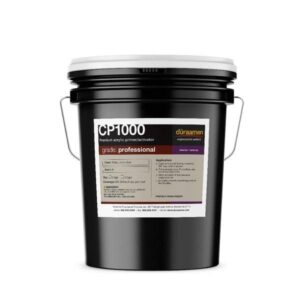
The role of sealers as protectors, however, makes it impossible to dismiss its importance. Laying down one or more layers of a sealer will protect your stained concrete floors from abrasions, dirt, oil, grease, and chemicals, prolonging its life and appearance. As such, a basic understanding of sealers will help in the selection and hiring of a contractor to protect your stained concrete floors.
Different from cures, which provide immediate, but short term protection or cure and seals, which are mixed and provide a mid-term protection of 6-12 months, sealers provide long-term protection and color enhancement. It should be applied after the floors have cured, but most contractors will not wait the necessary 28 days before applying a sealant, usually only waiting 7-14 days.
What are the advantages of sealed concrete floors compared to polished ones?
Sealed concrete floors and polished concrete floors each have their own set of advantages and disadvantages. Sealed concrete floors are known for their excellent protection against stains and moisture, making them a practical choice for areas with high foot traffic. On the other hand, polished concrete floors offer a stylish and contemporary aesthetic, along with enhanced durability and minimal maintenance demands. However, it is important to note that polished concrete floors can be more prone to scratches and might need periodic resealing to preserve their glossy appearance. The decision between sealed and polished concrete floors should be based on individual preferences and the specific requirements of the space in question.
What are the different sealer options for stained concrete floors?
There are four main types of sealants:
Penetrating Sealers (Includes silanes, siloxanes, and silicates): These sealants are perfect for exterior concrete surfaces that are subject to elemental damage or where a more natural finish is preferred. It provides protection from against outdoor conditions and is breathable, allowing for the escape of moisture.
Acrylic Sealers: Used for both indoor and outdoor concrete, this sealant is easy to apply and more economical than the other options. They are especially advantageous in projects that need fast dry times, as it dries within an hour. While it provides good protection against water and chloride, it requires regular maintenance and wears faster than epoxies or polyurethanes.
Epoxy Sealers: Though extremely durable, epoxies are generally limited to indoor use, as it tends to yellow with prolonged UV exposure. Besides this, epoxies are well-suited to highly trafficked areas as it produces a tough, long-wearing, and damage-resistant finish. Though an excellent water repellent, some products are impermeable making it prone to trap moisture in the concrete.
Polyurethane Topcoats: One of the more durable sealants, aliphatic polyurethanes can be used both indoors and outdoors on floors that have heavy traffic. Having nearly twice the thickness of acrylic sealers, they come to a finish that is resistant to abrasions, chemicals, scuff and staining. It has the added benefit of enhancing the aesthetics of your stained floors. The only drawback is that it is moisture intolerant until completely cured.
What if you need to redo the protection of the concrete floor?
Using a lesser number of diamonds in the grinding process comes with certain trade-offs. Firstly, this approach is more cost-effective as fewer diamonds are required, resulting in savings. However, the lack of refining the floor with a greater number of diamonds can lead to visible, uniform swirls on the surface. While this matte finish adds a unique aesthetic appeal to the overall appearance, it may not provide the same level of shine and reflectivity as a fully mechanically polished surface. Additionally, the two-step grinding process will remove minor coatings and surface dirt, leaving the concrete floor flat and uniform, but it may not completely eliminate all scratches. Ultimately, the trade-off for using a lesser number of diamonds is a compromise between cost savings and achieving a flawless, high-gloss finish.
Duraamen industrial and polished concrete flooring products are designed to provide labor saving and longer lasting flooring solutions. Please Contact Us to discuss your next stained concrete flooring project.






